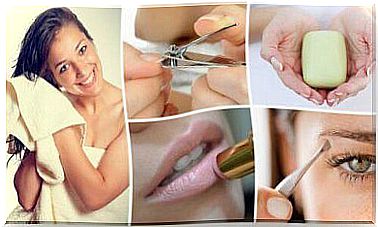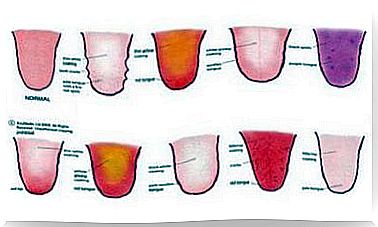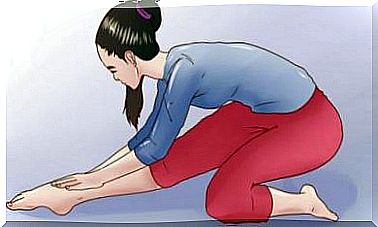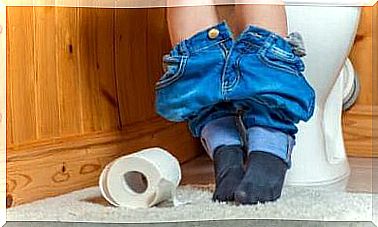8 Ways To Remove Scratches And Bumps From Wood Surfaces
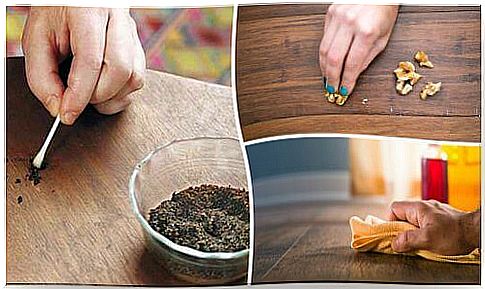
Many people prefer wood as a material because its quality and beautiful appearance can be trusted. However, many factors, such as moisture and insects, can affect the appearance of furniture. Fortunately, scratches and other imperfections can be easily covered from wooden surfaces with a few tricks.
With these products you cover scratches and remove bumps from wooden surfaces
1. Cod liver oil
Cod liver oil may not smell good, but it is a simple and inexpensive solution for treating wood surfaces and covering scratches from wood surfaces.
How to use cod liver oil
- Break the cod liver oil capsule and rub the oil directly onto the scratches with a cloth. Let it soak for a few hours so it has time to penetrate the wood properly.
- After allowing the oil to soak for a couple of hours, rub the surface with a soft cloth to polish it.
- Repeat twice a week.
2. Nuts

A paste made of nuts is an easy way to cover small scratches and bumps that give the furniture a runny look. The natural oils contained in nuts easily blend into wood and give it a whole new look.
This is how you use nuts
- Grind a handful of nuts into a floury shape and moisten it with a drop of water or olive oil so that the texture becomes pasty.
- Rub the paste on the furniture and let it dry on scratches and cavities.
- Remove excess paste by rubbing with a soft cloth. Repeat treatment once a week.
3. Wax
This is how you use wax
- Rub the required amount of wax on the furniture or use hard wax to fill small cavities and scratches.
- Use a sponge or soft cloth to polish the furniture after waxing.
4. Coffee grounds
You can take advantage of the dark shade of coffee and the inherent coloring property of coffee grounds, which, when absorbed into wood, improves the tone and appearance of worn-out furniture.
By using coffee grounds, you reduce visible stains on furniture, hiding small cracks and dents.
This is how you use coffee grounds
- Moisten the coffee grounds with water or linseed oil, and then apply them to those areas of furniture that need renewal.
- Remove excess debris with a brush. Repeat the treatment once a week.
5. Vinegar and olive oil
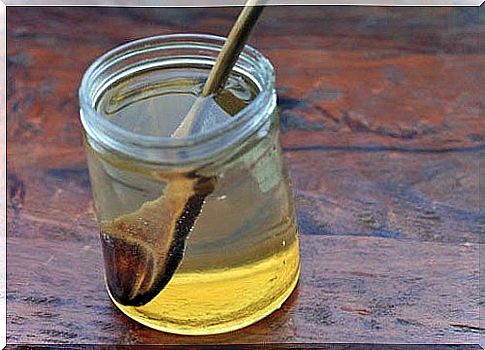
The combination of olive oil and vinegar is a great way to maintain old furniture and hide scratches on wood surfaces. Olive oil and vinegar protect the wood from the effects of the environment, and remove dust and bacteria.
This is how you prepare the conditioner
- Combine the same amount of olive oil and vinegar, mix well and rub the mixture on a wood surface that needs polishing.
- Allow the liquid to soak for a few minutes, then wipe off the excess mixture with a damp cloth.
6. Modeling wax
You may not have thought that modeling wax can be used for anything other than children’s play, but it can also be used to hide dents and scratches in wooden furniture.
This is how you use modeling wax
- Grab a sufficient amount of modeling wax (choose a shade that matches the wood’s own shade or mix a few different colors to achieve the shade you want). Press the wax into the crack or dent, and apply a layer of varnish or glue over it so that it stays in place.
7. Toothpaste and oil
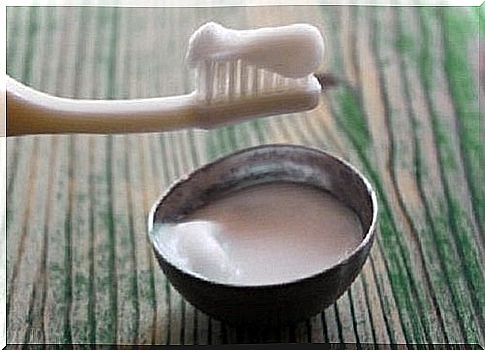
A mixture of toothpaste and oil can be a convenient way to hide scratches on the dining table or other wooden furniture.
This is how you use it
- Moisten a toothpaste with a drop of vegetable oil and rub the mixture for scratches.
- Allow the mixture to solidify and remove excess liquid with a damp cloth.
8. Sawdust and glue
If the scratches or dents are very deep and visible, you can use sawdust and glue to fill the cavities.
This is how you use sawdust and glue
- Pour the required amount of sawdust into the bowl and mix in a small amount of glue to obtain a smooth, tough composition.
- Rub and press the mixture directly onto the dents and cracks, allow it to dry, and then use sandpaper to smooth the surface. Polish the wood surface and use varnish or change as desired to achieve a smooth finish.
Try these tricks for repairing and remodeling old furniture. You’ll be surprised at how easy it is to remodel furniture surfaces.


